



Context: After PM Modi’s response on being gifted a Ganesha made by Brindaban Chanda, the revival began of an art form that was nearly dead due to the lack of artists and patronage.
Shellac art
Shellac



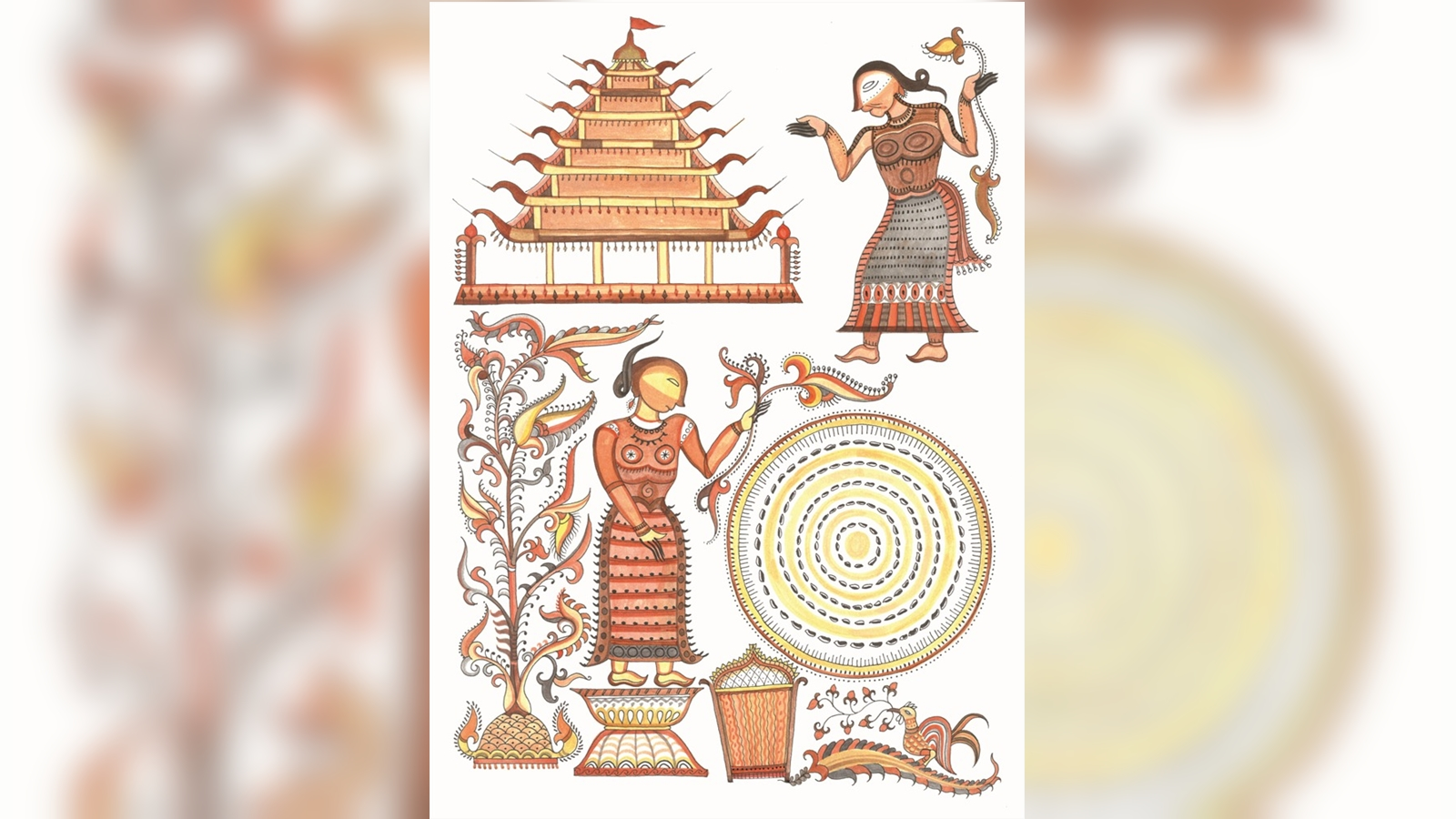
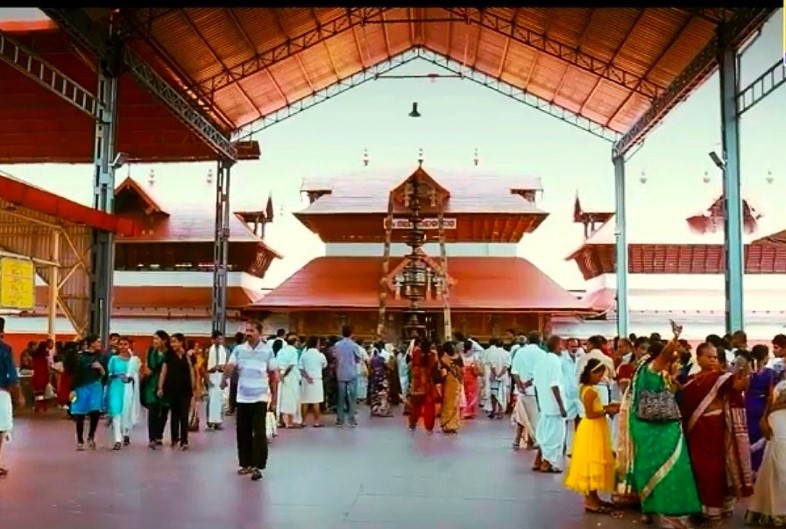
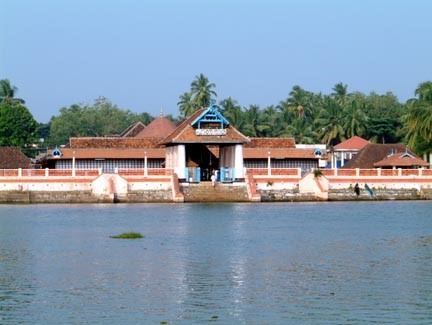
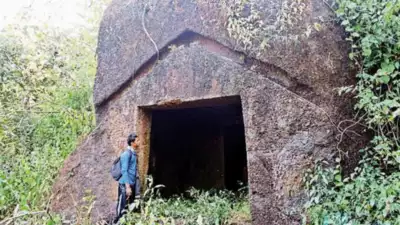
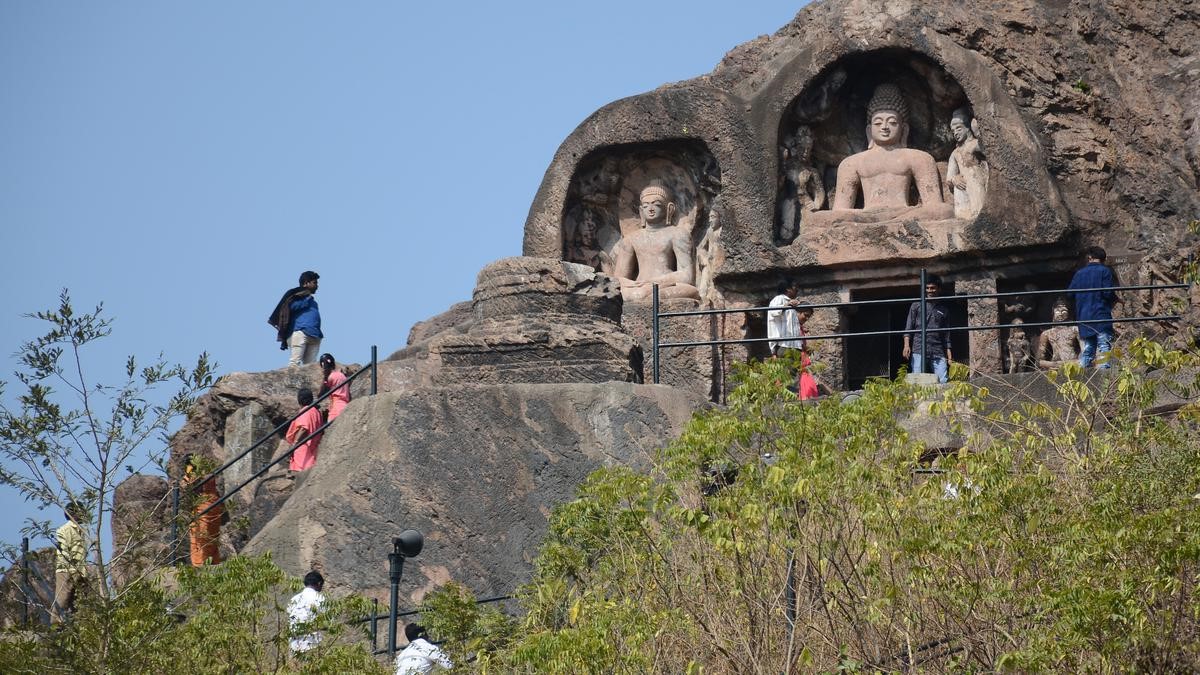
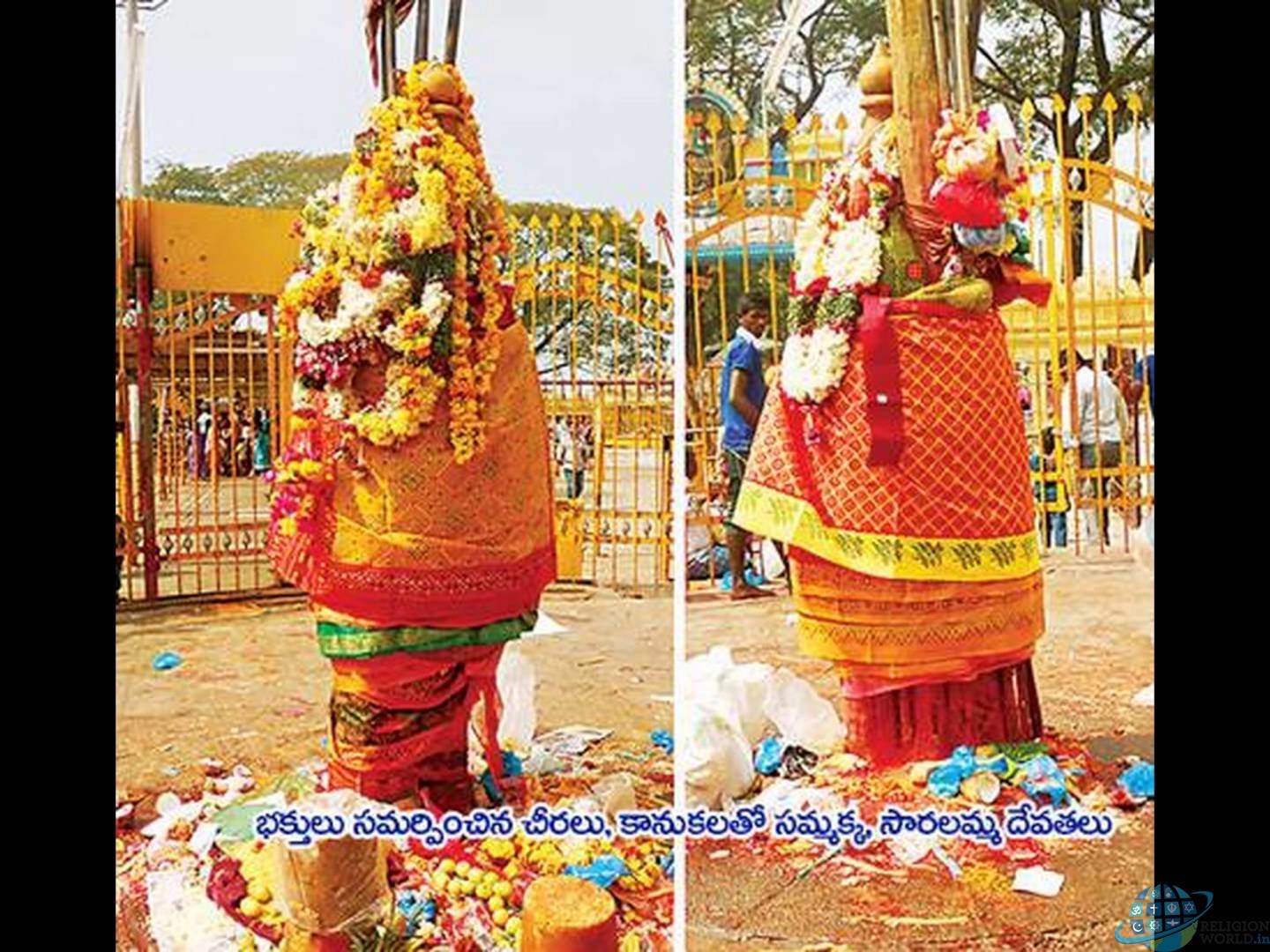
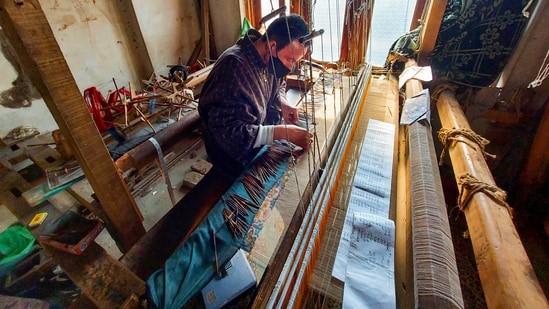

© 2025 iasgyan. All right reserved